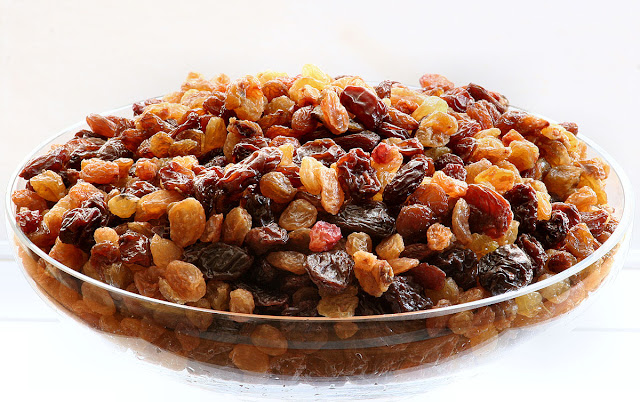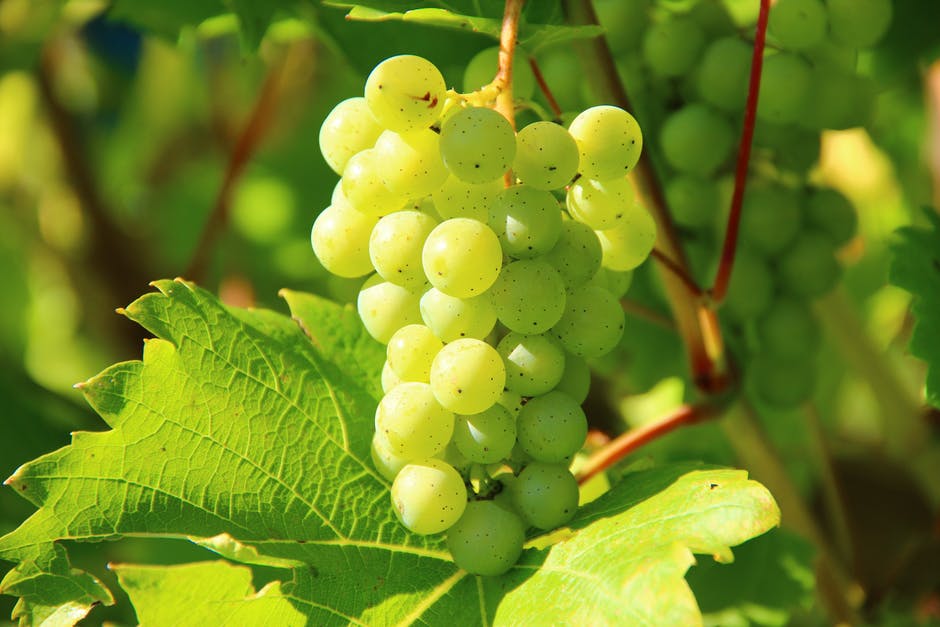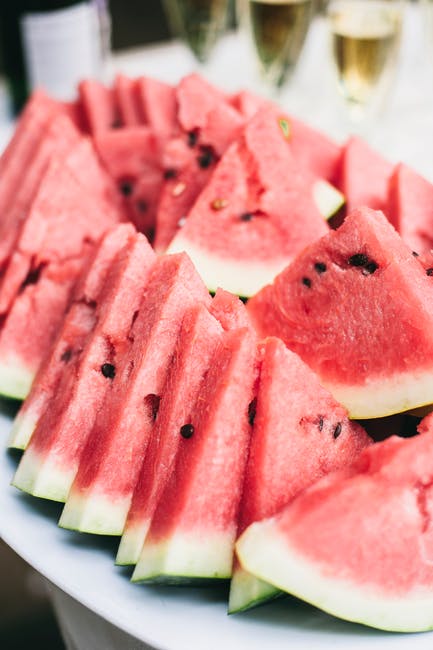12 Amazing health benefits of Raisins/Manuka

Dry raisin (Part-2) A raisin is a dried grape. Raisins are produced in many regions of the world and may be eaten raw or used in cooking, baking, and brewing . In the United Kingdom, Ireland, New Zealand, and Australia, the word raisin is reserved for the dark-colored dried large grape, with sultana being a golden-colored dried grape, and currant being a dried small Black Corinth seedless grape. Raisins are sweet due to their high concentration of sugars (about 30% fructose and 28% glucose by weight). The sugars can crystallize inside the fruit when stored after a long period, making the dry raisins gritty, without affecting their quality. • In case of grapes, bael fruit and Haritaki (Harad fruit), – the dried fruits are better than the fresh. • Golden raisins are slightly higher in calories per cup than black and also have a little more sodium and an extra gram of fibre. The differences in calories and sodium are so small as to be negligible, however. Click here for


